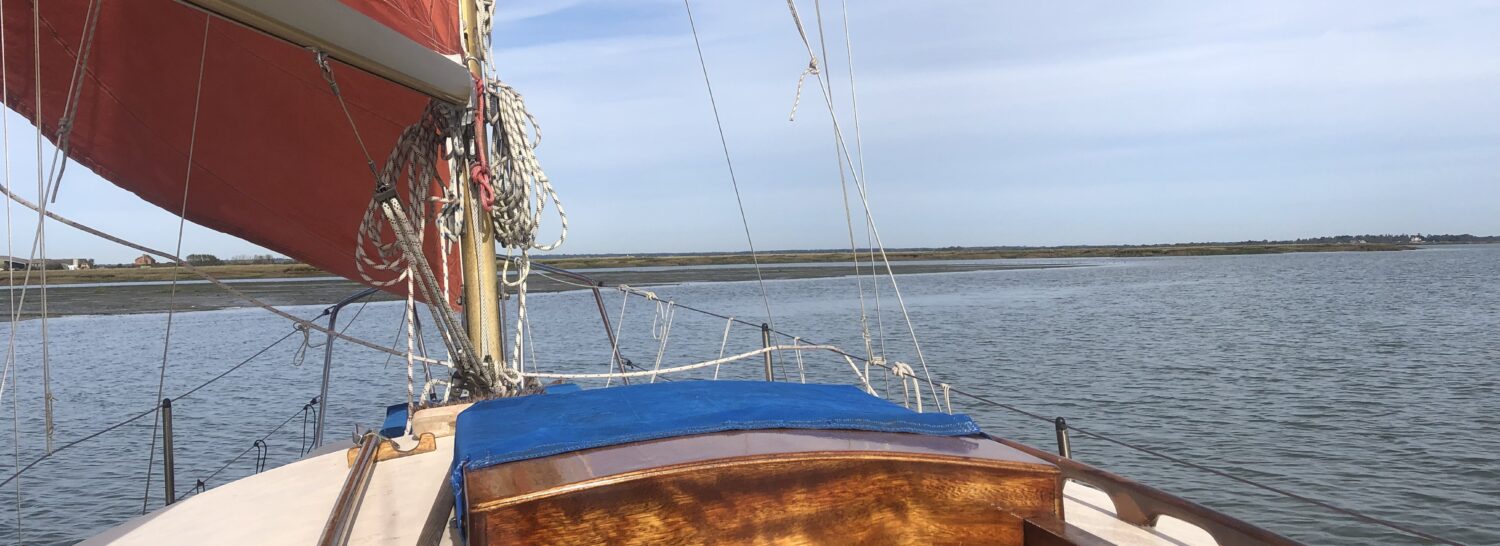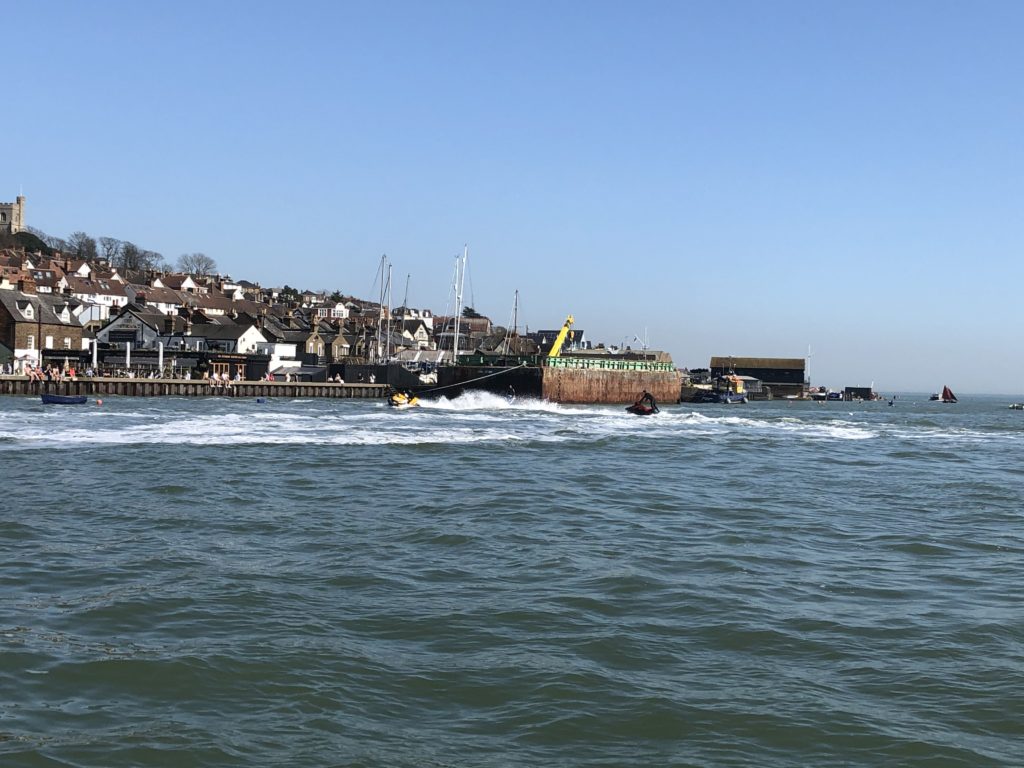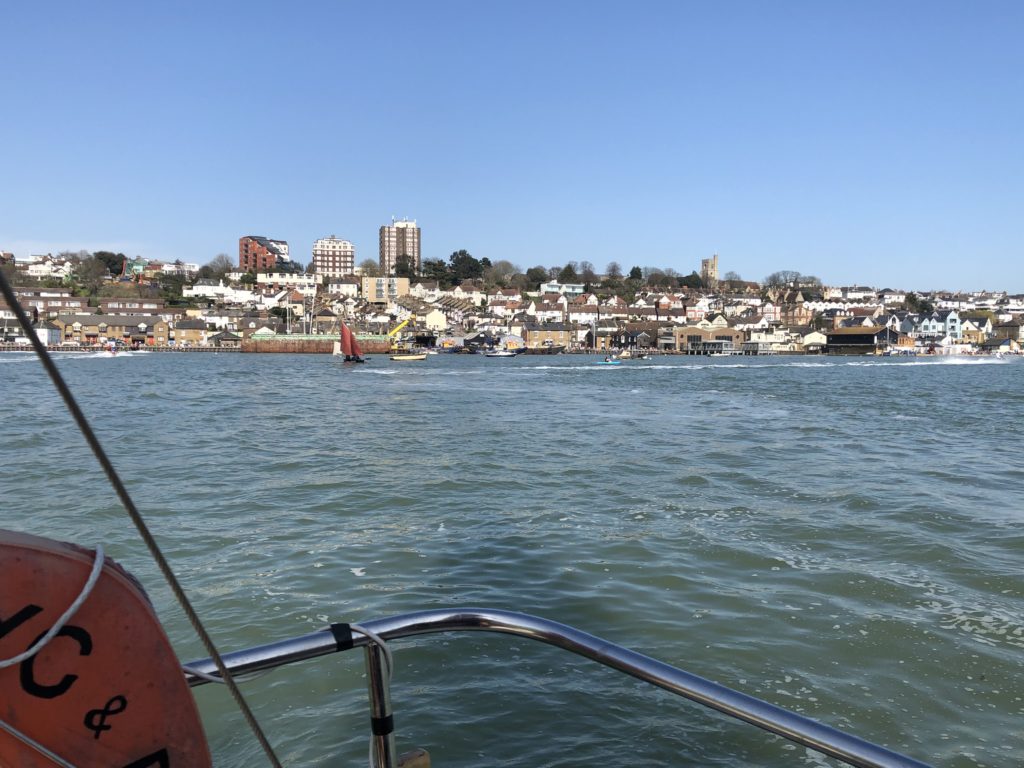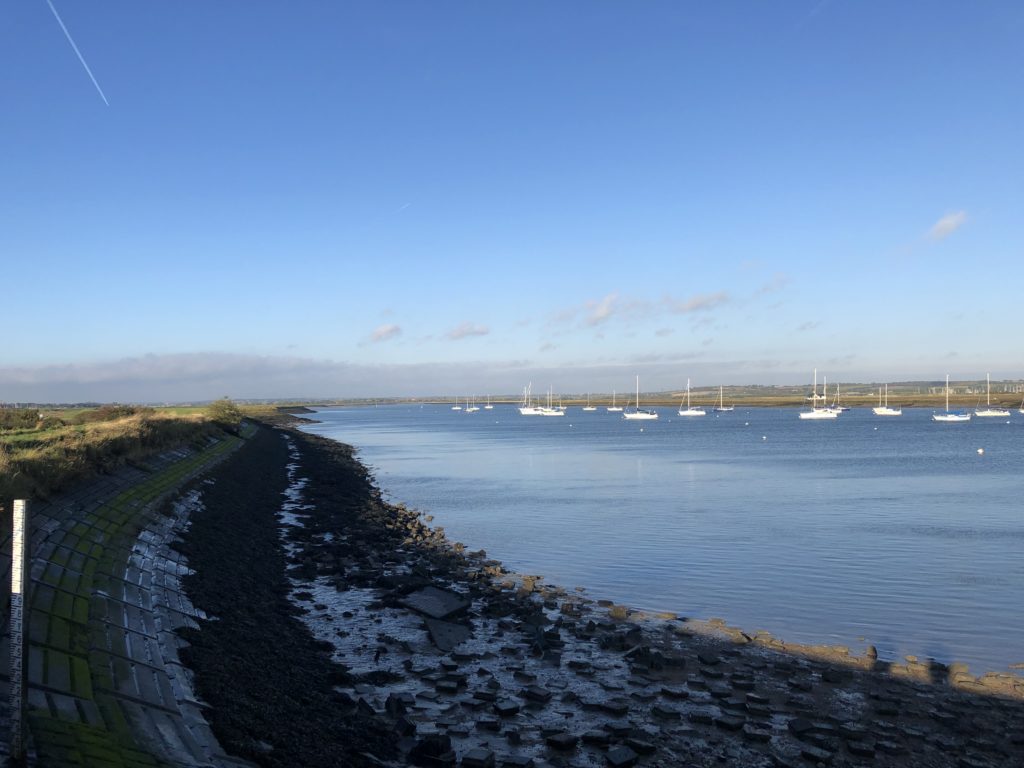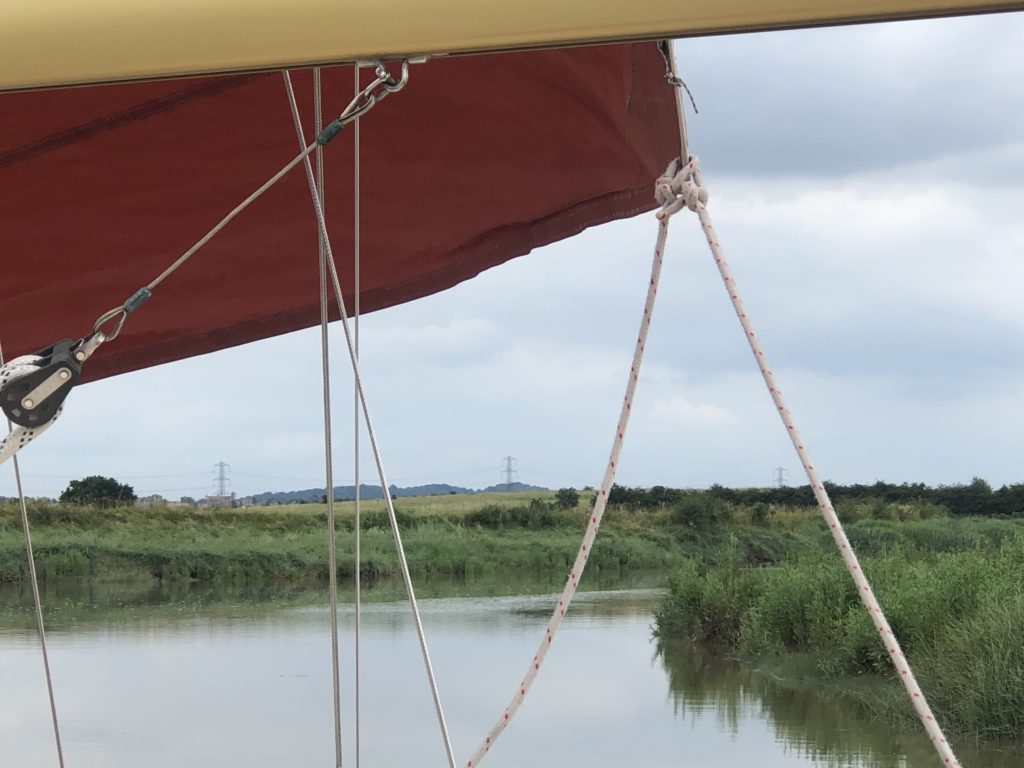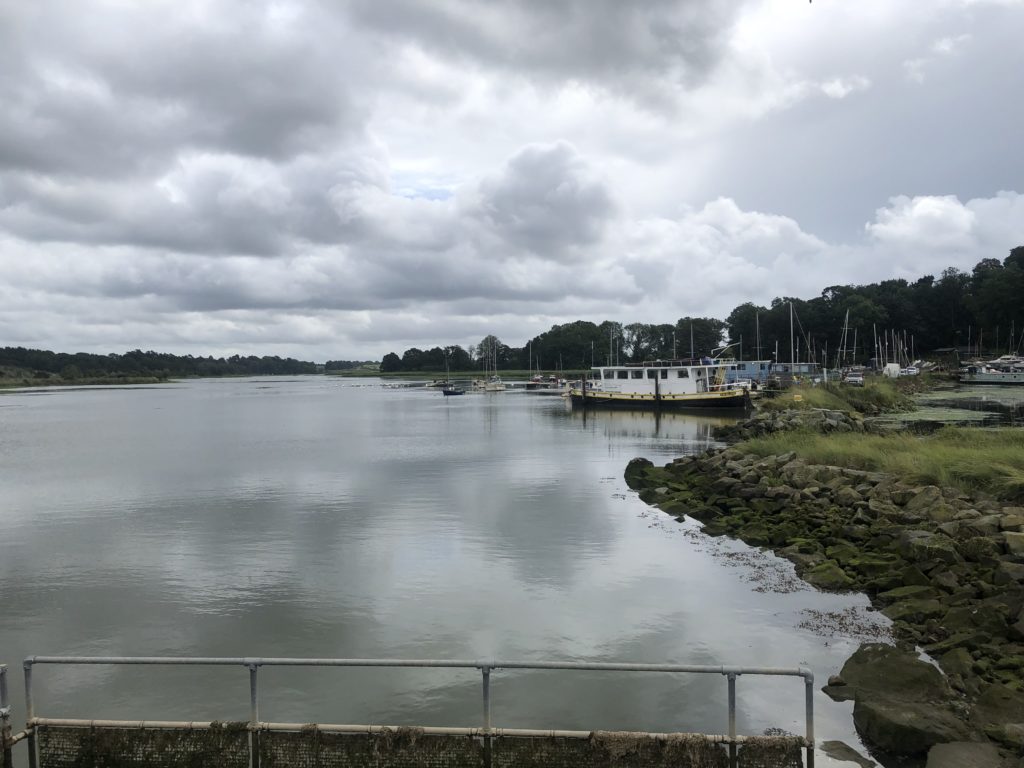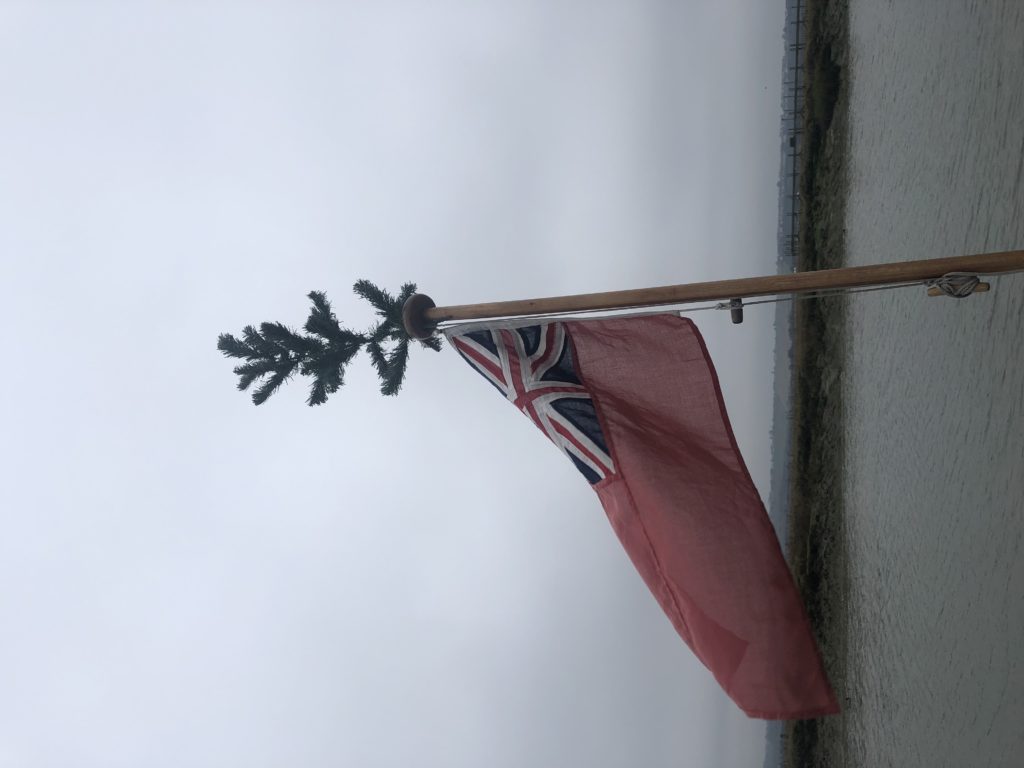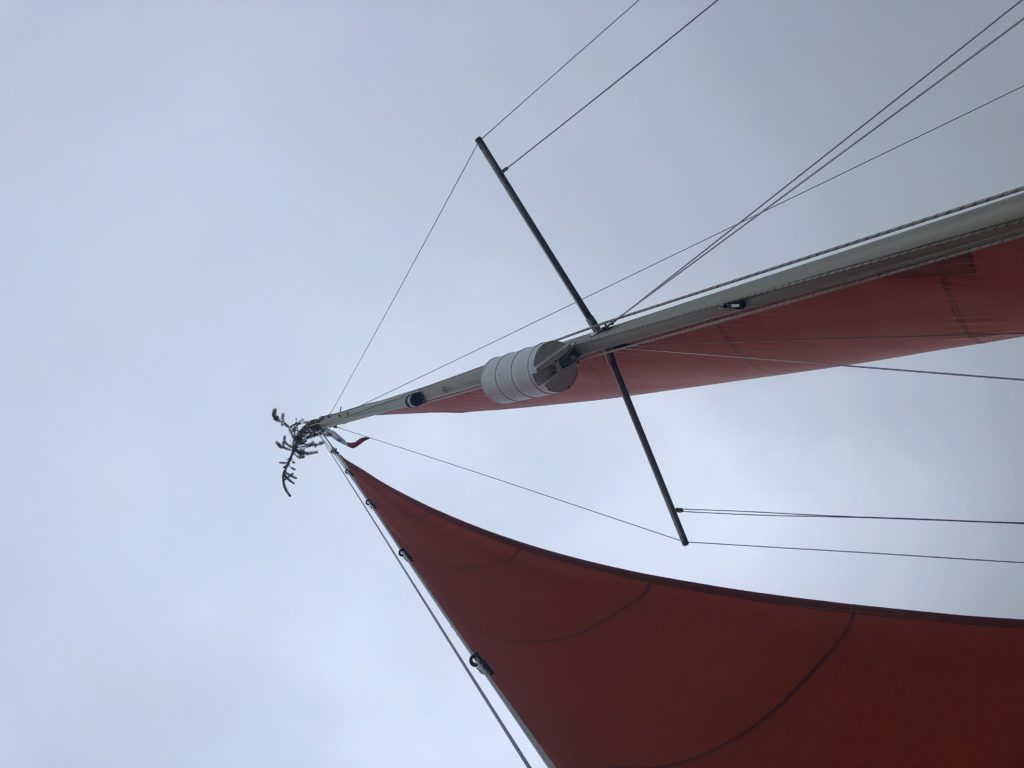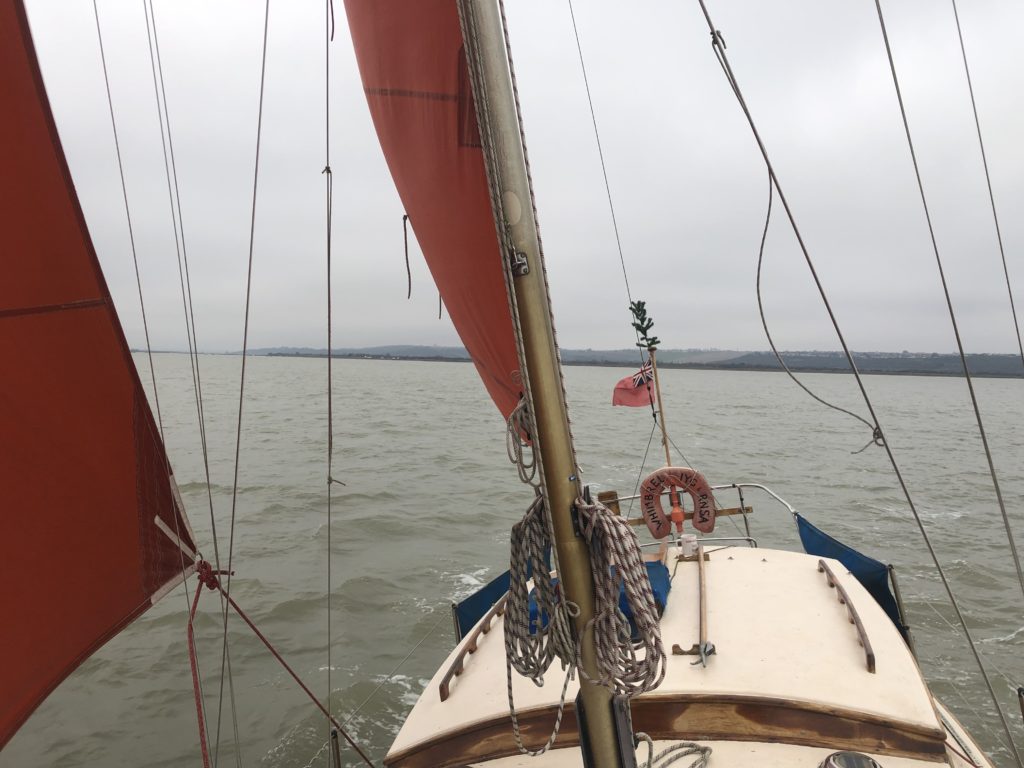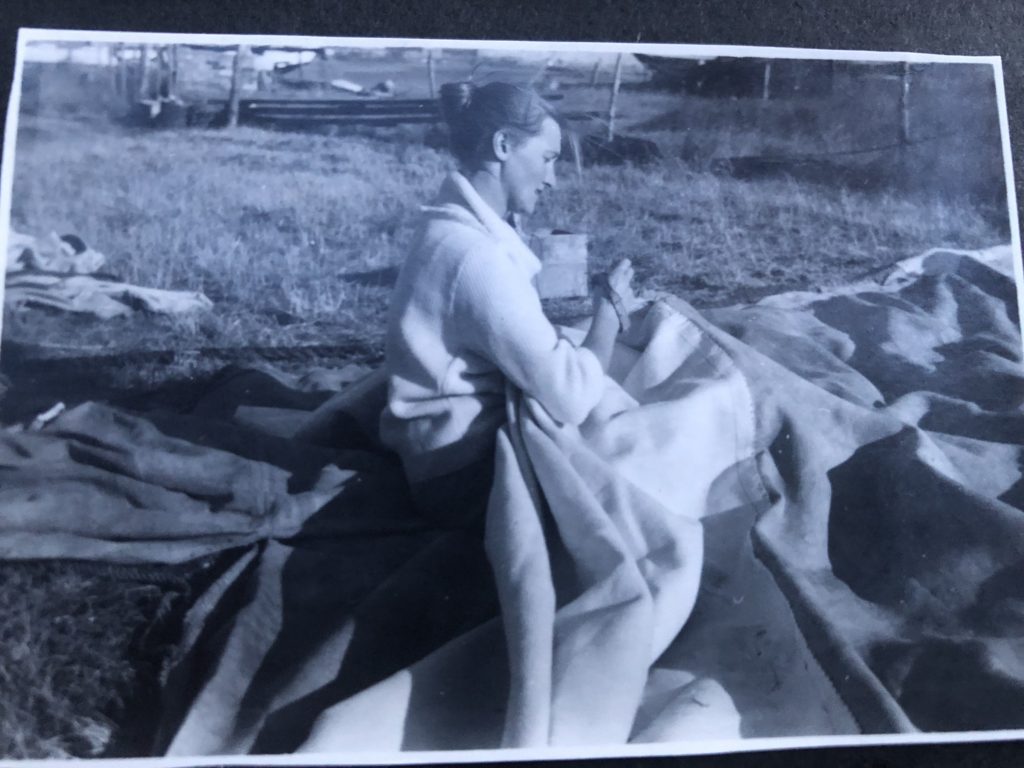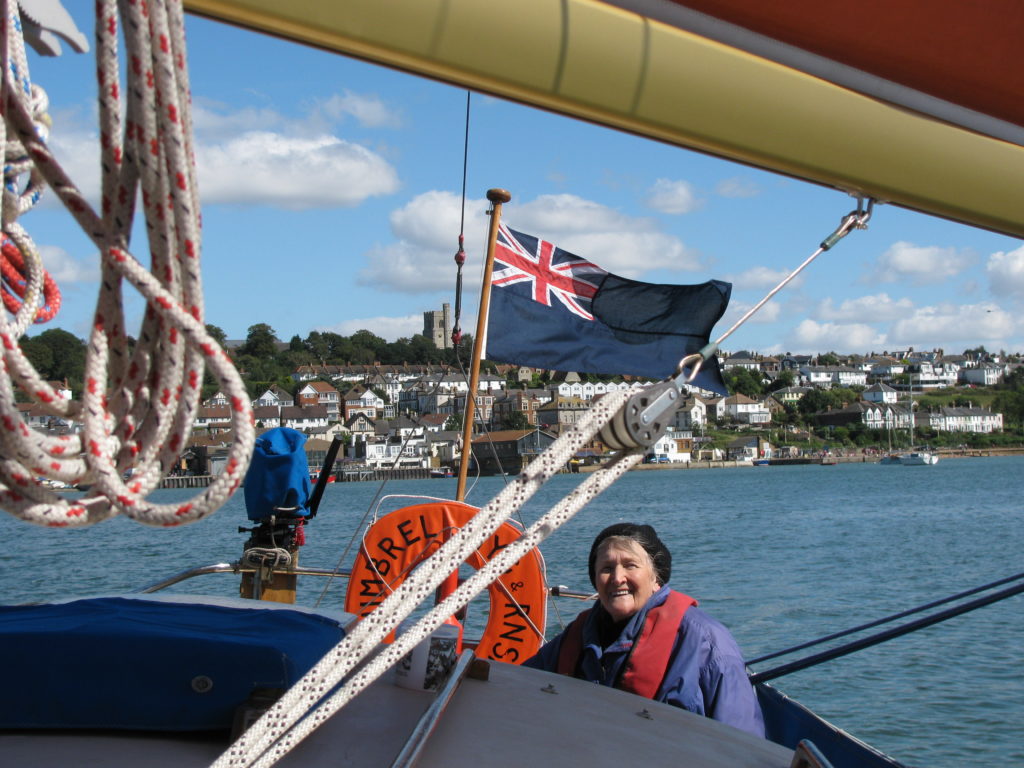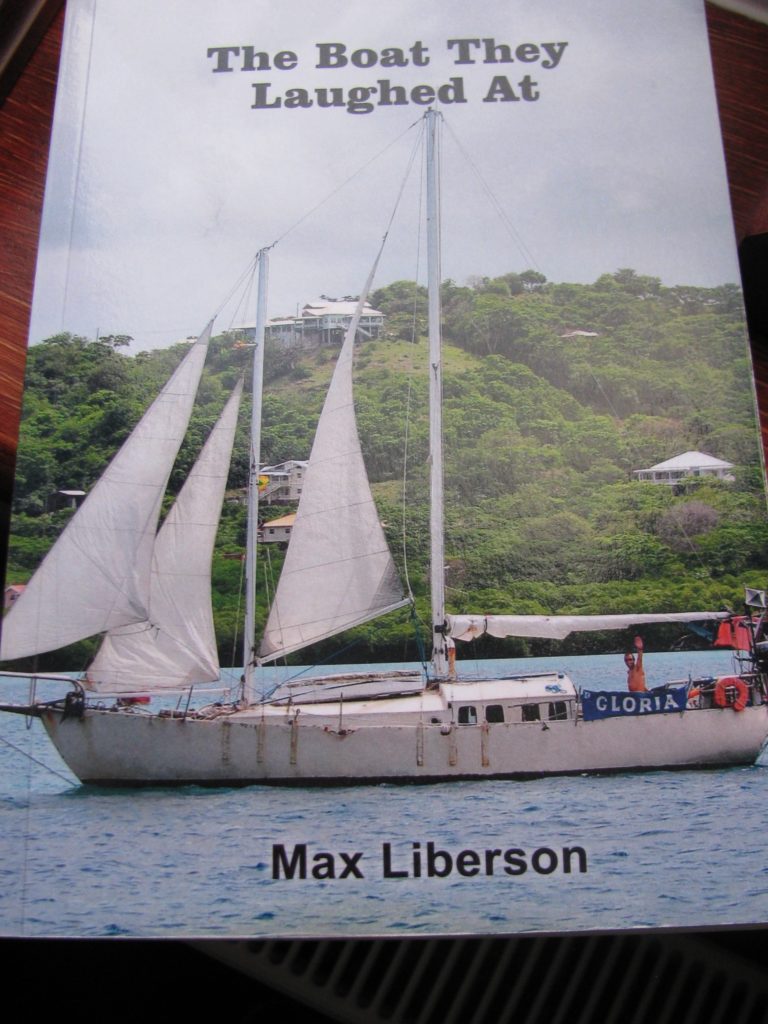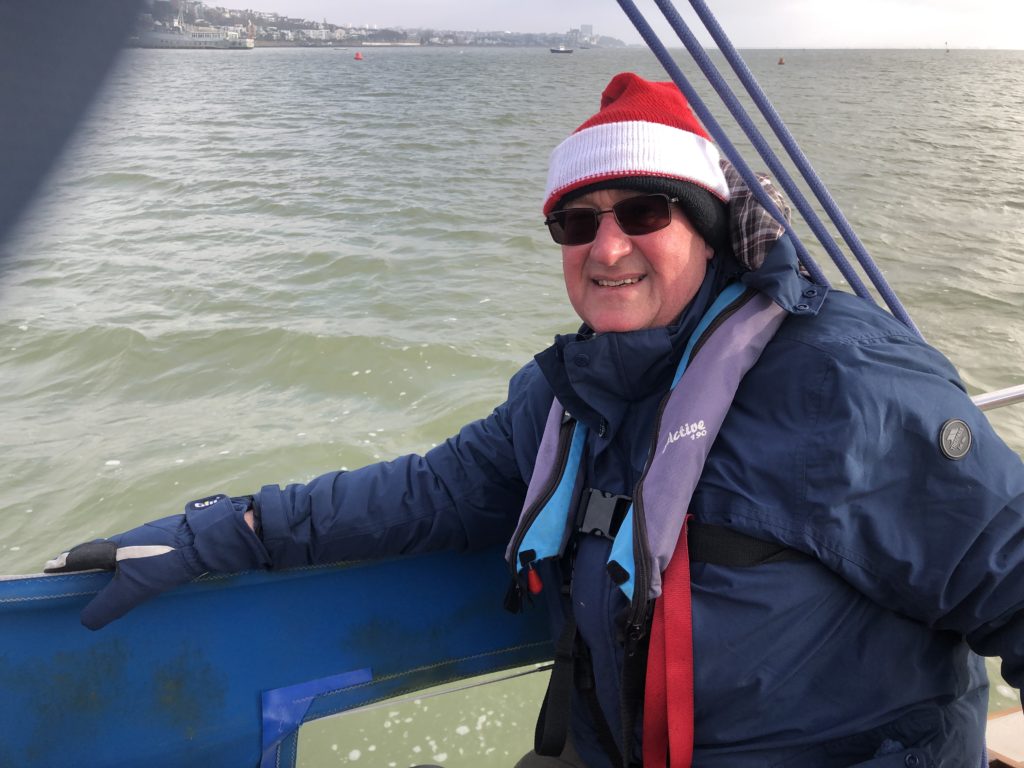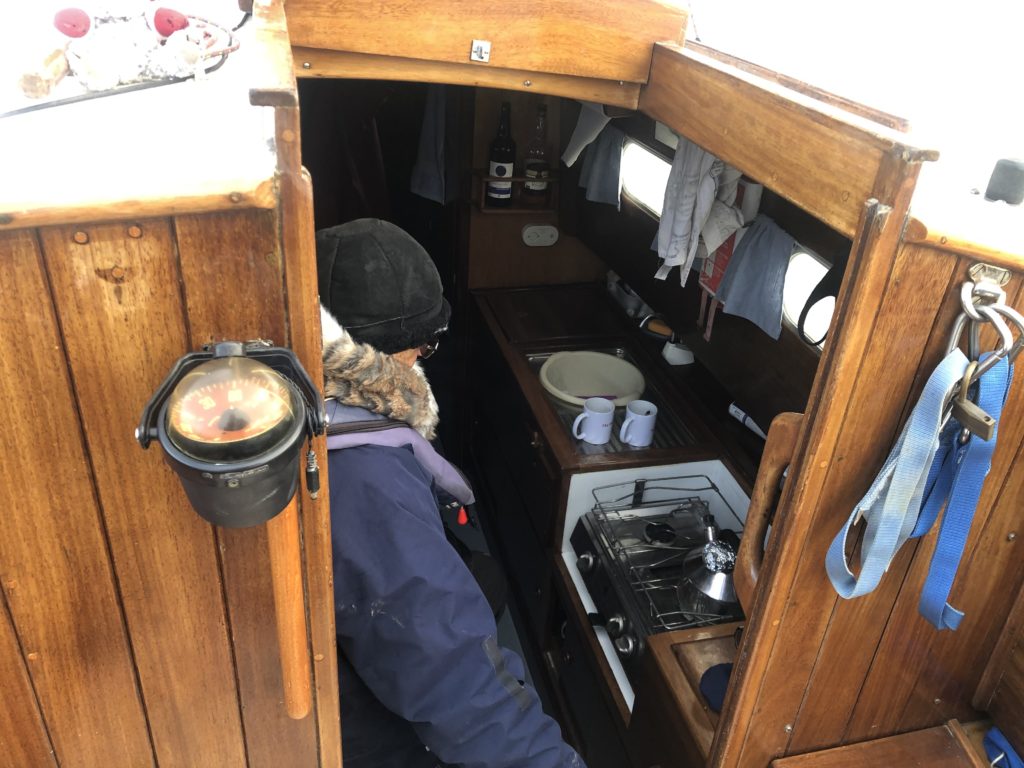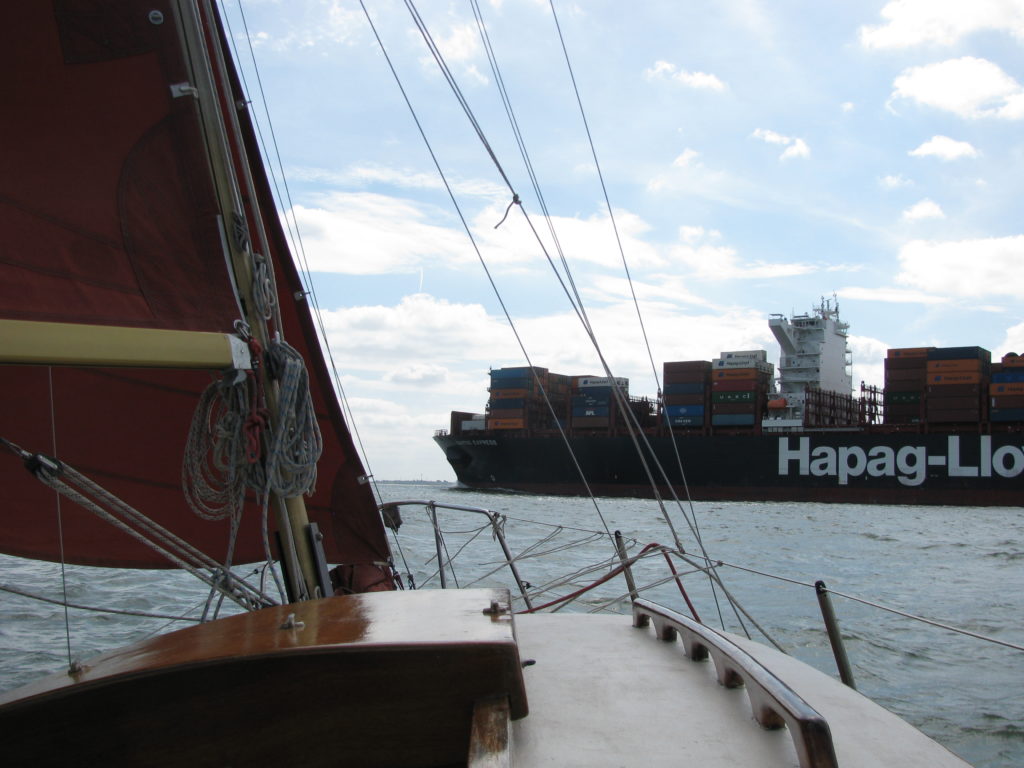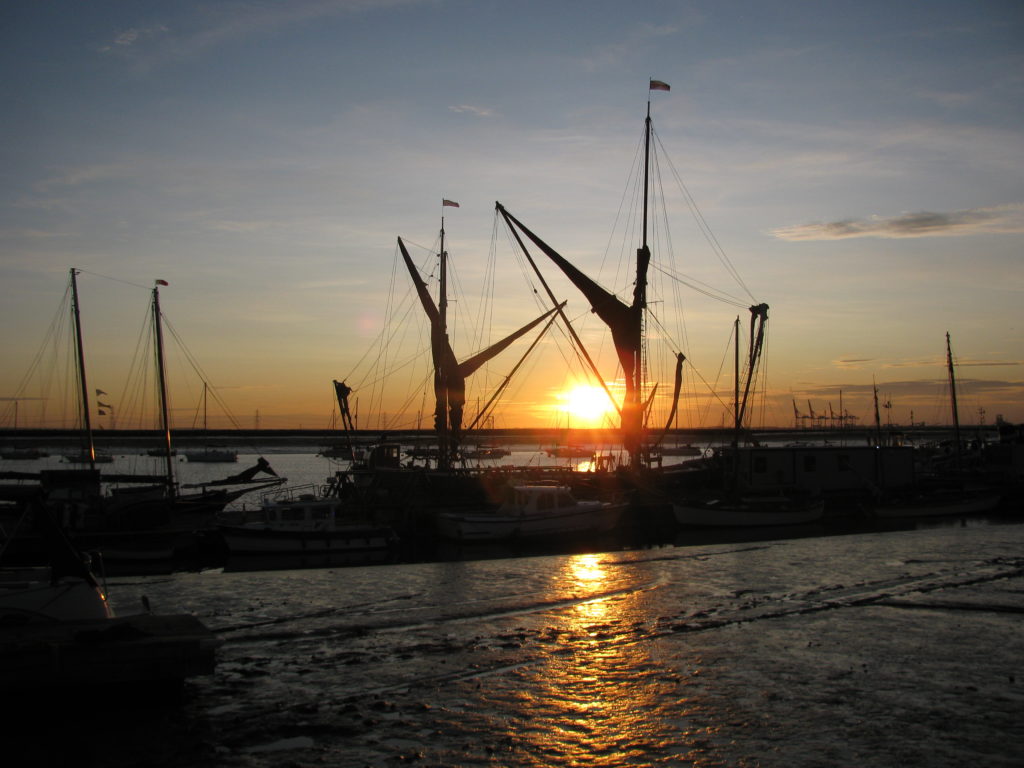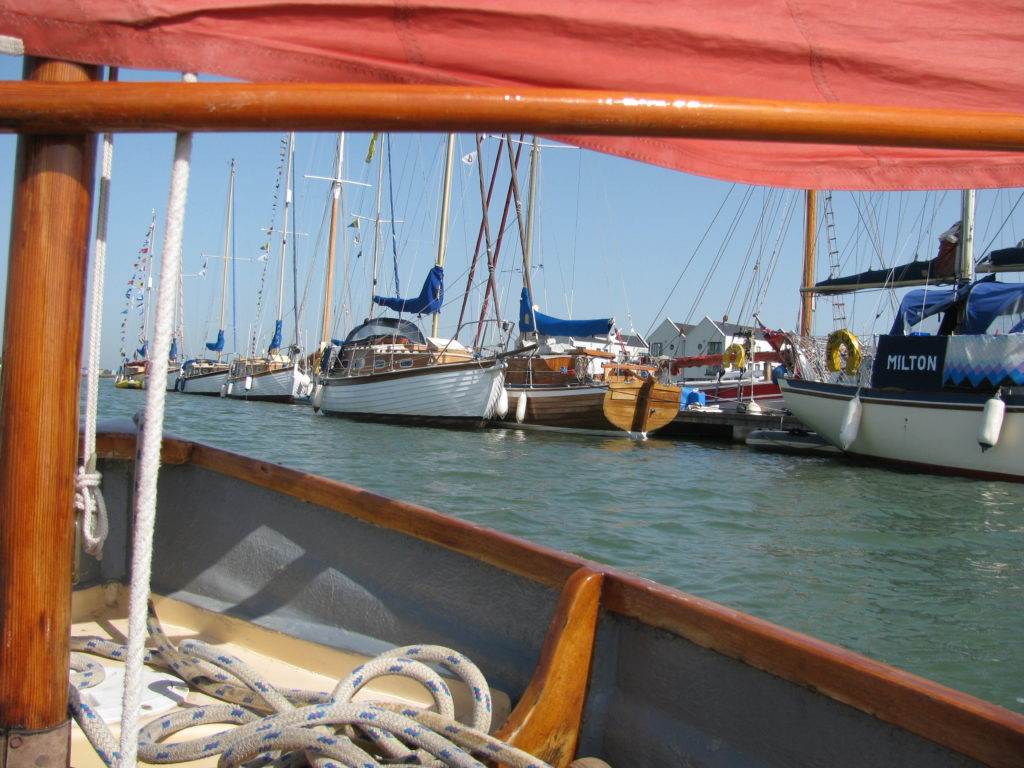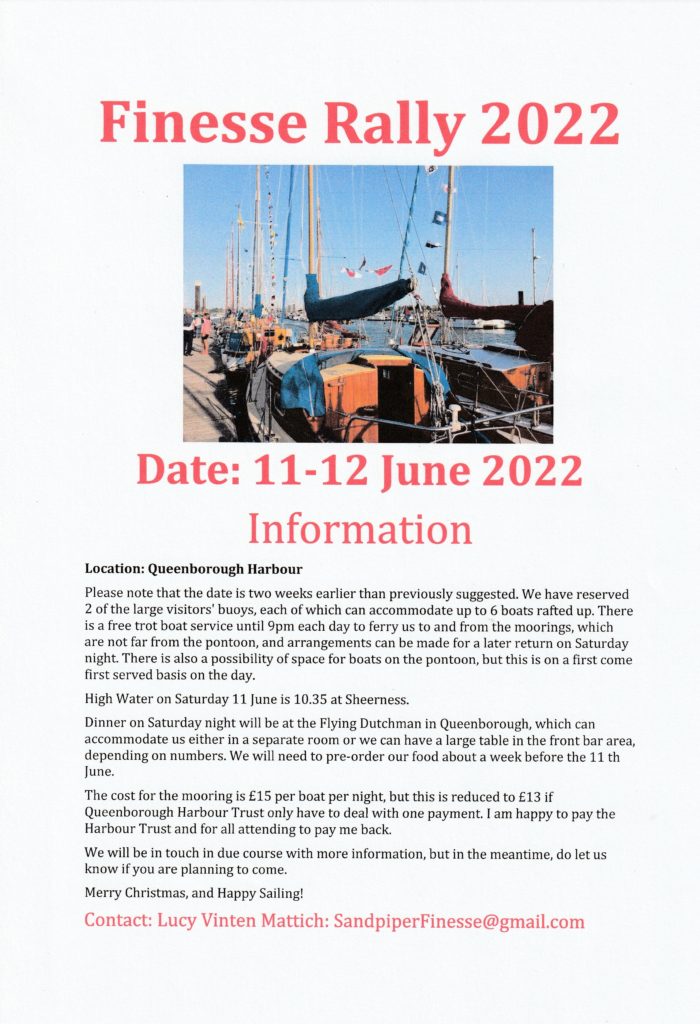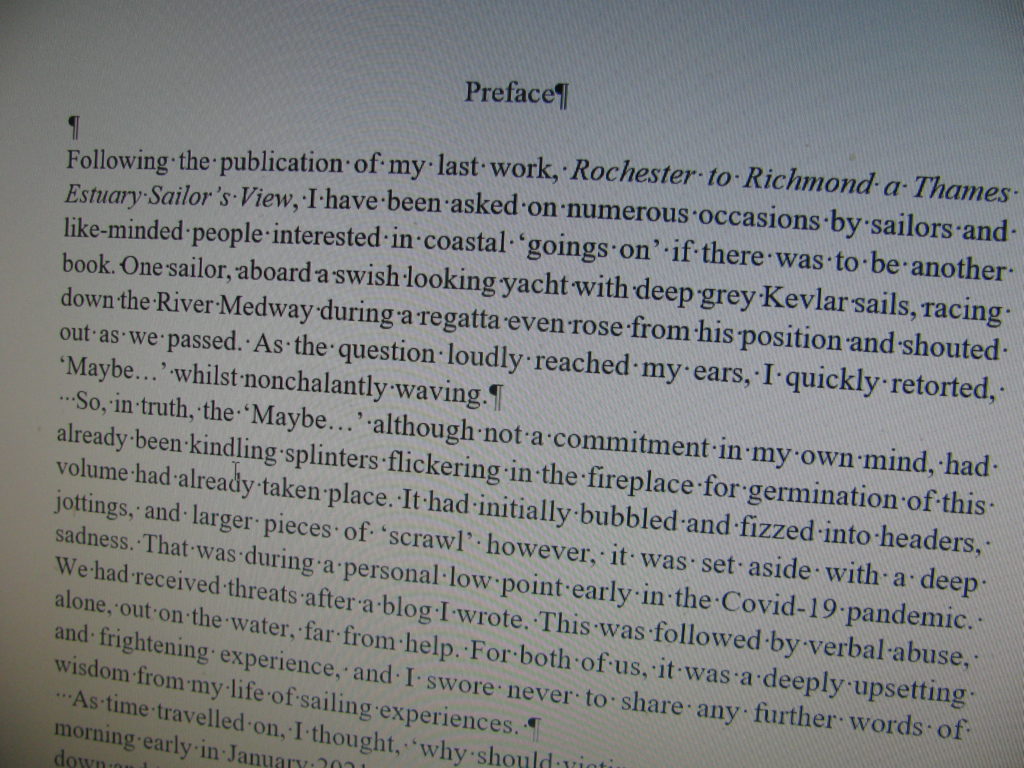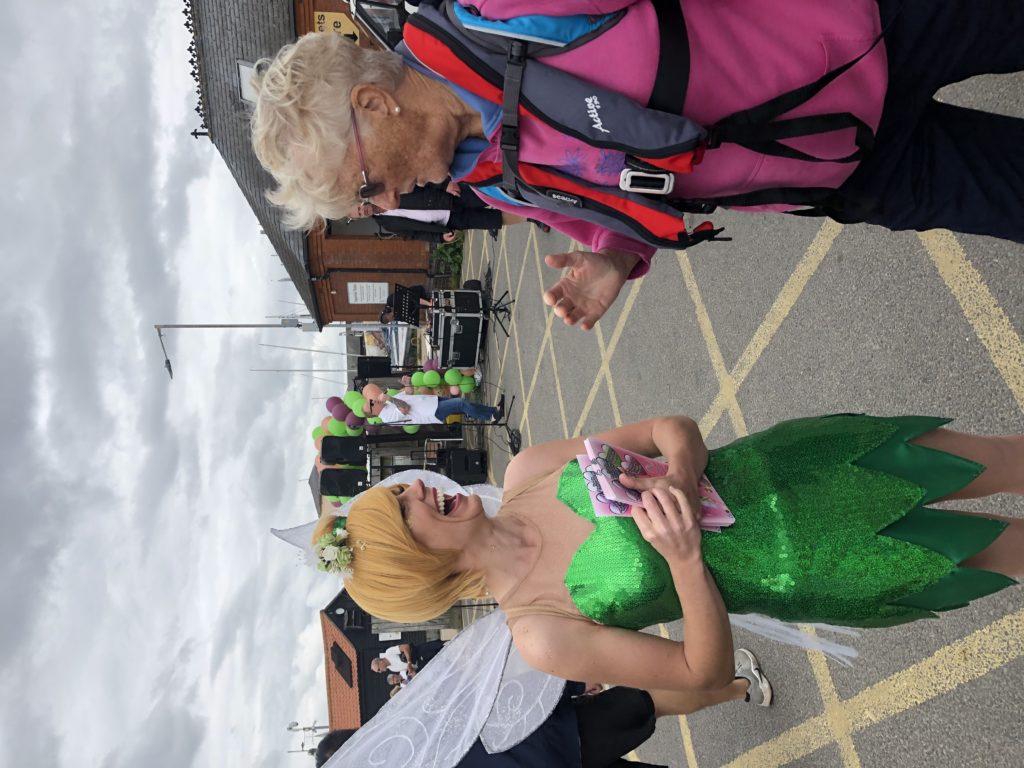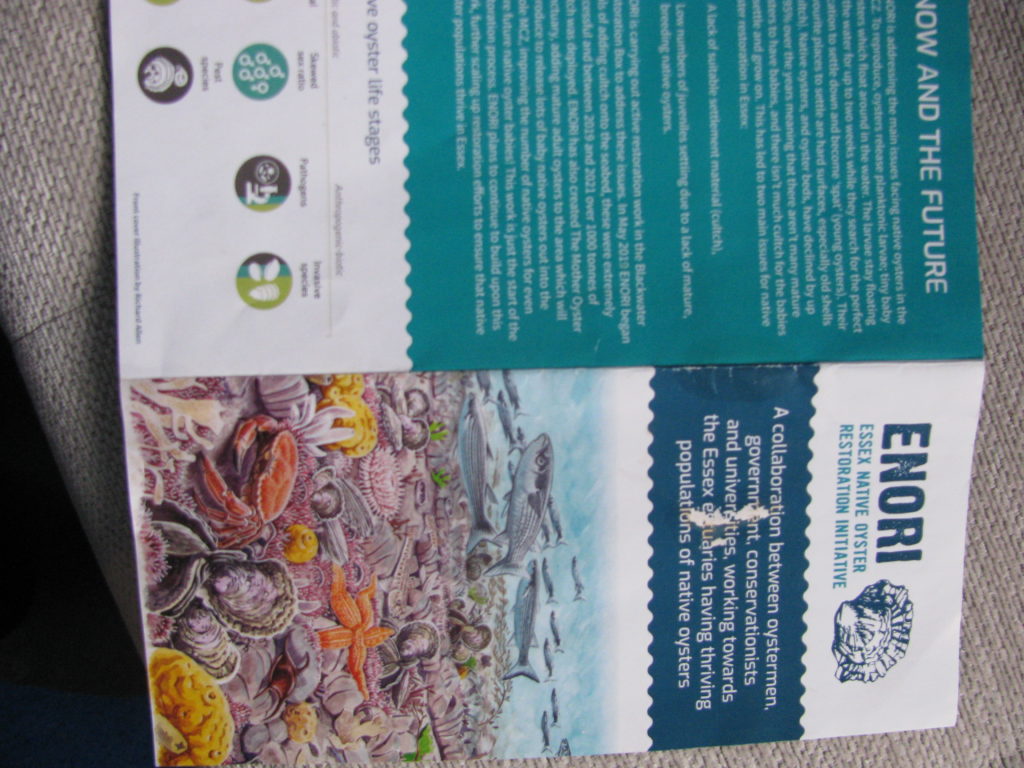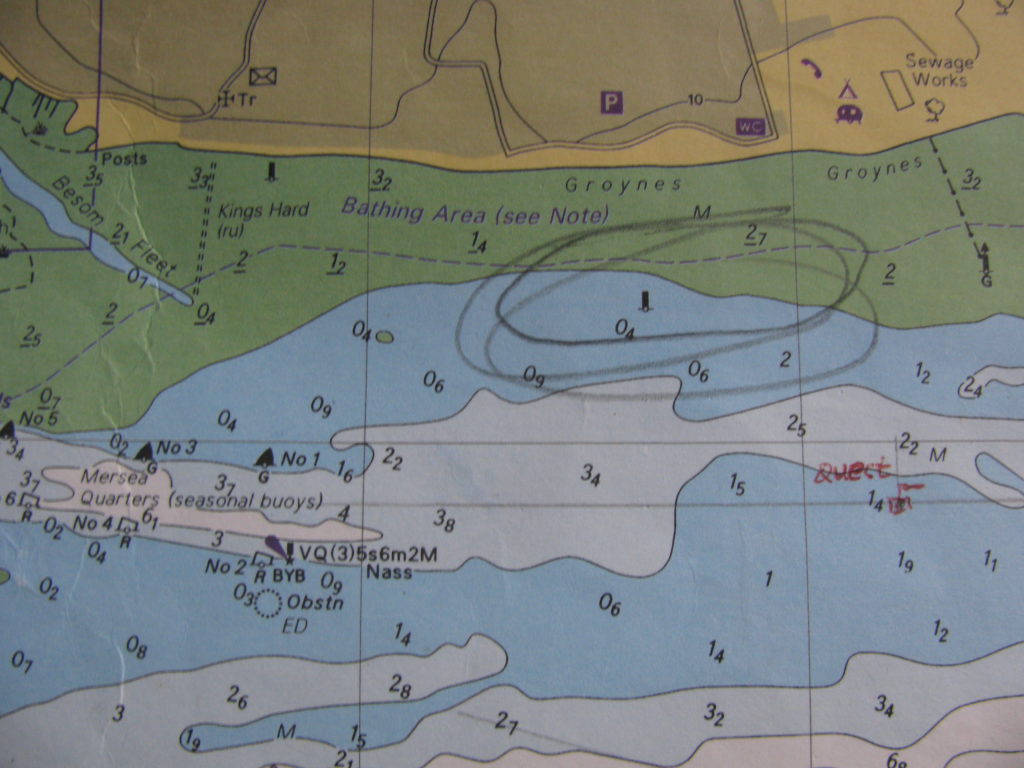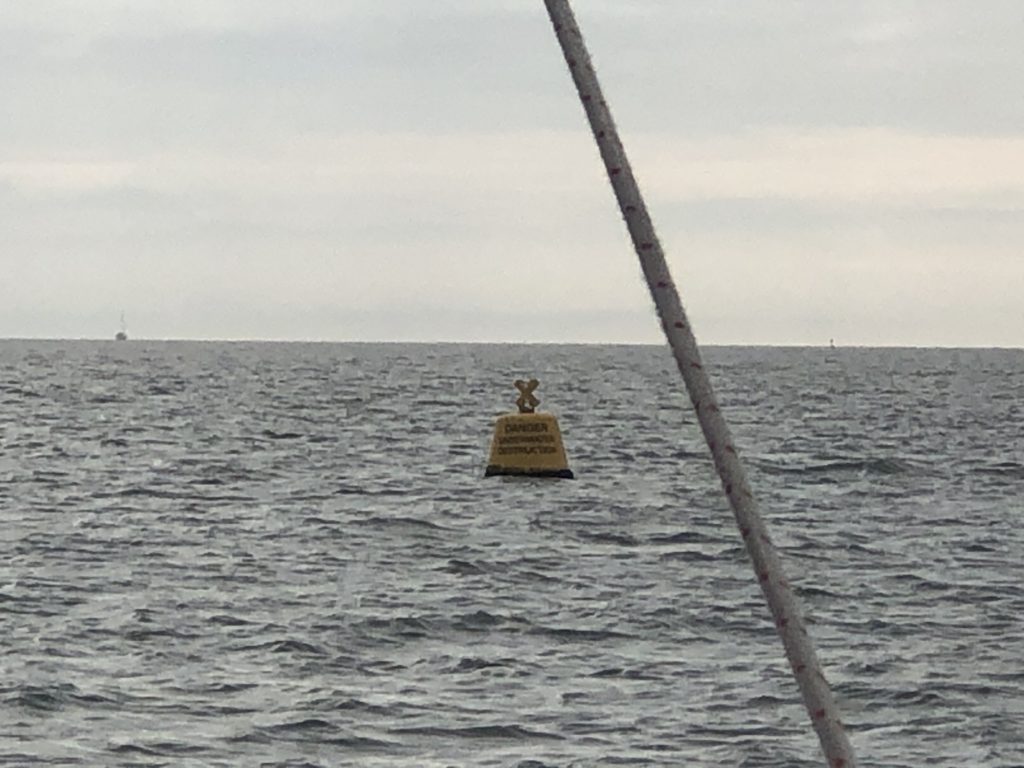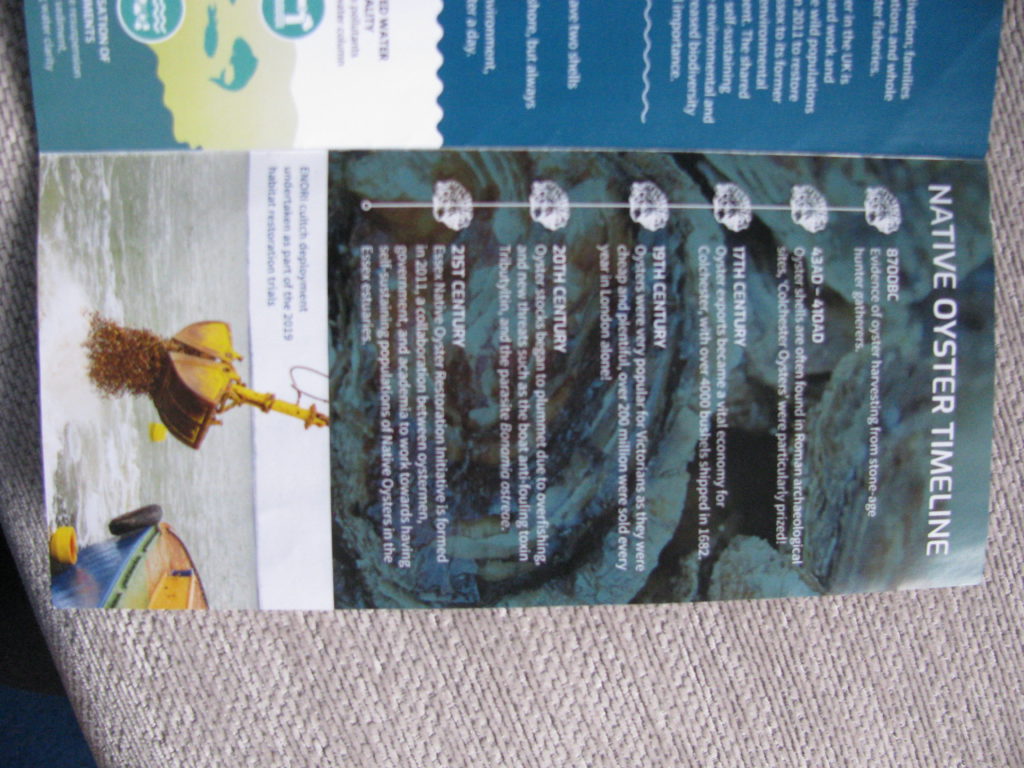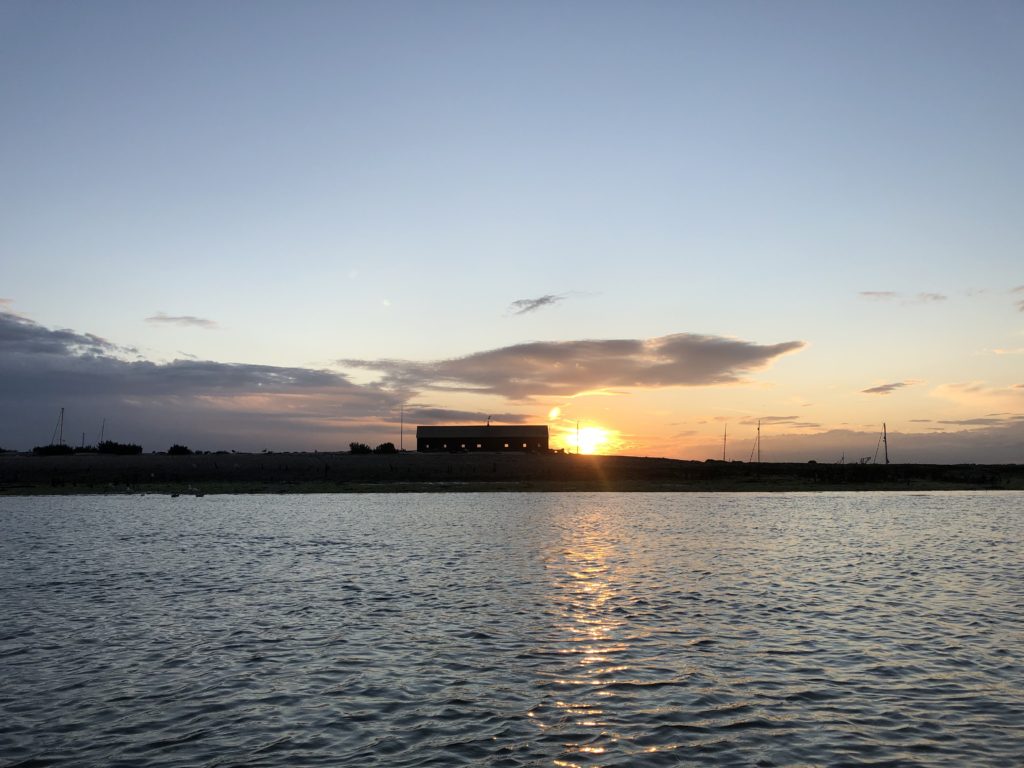Ditch-crawler says a farewell to Pat O’Driscoll, barge mate…
During this last week, I received a note through the post with unknown handwriting.
It was from the sister of Pat O’Driscoll. The sister had opened the post of Pat’s on the run up to Christmas and probably is still doing so: Pat, bless her, died on 28th November. It would have been about the time I sent my Christmas card to her…
I have know Pat for many years but have not met since I was a teenager (she told me) when she was just out of serving as a barge mate on motor barges.
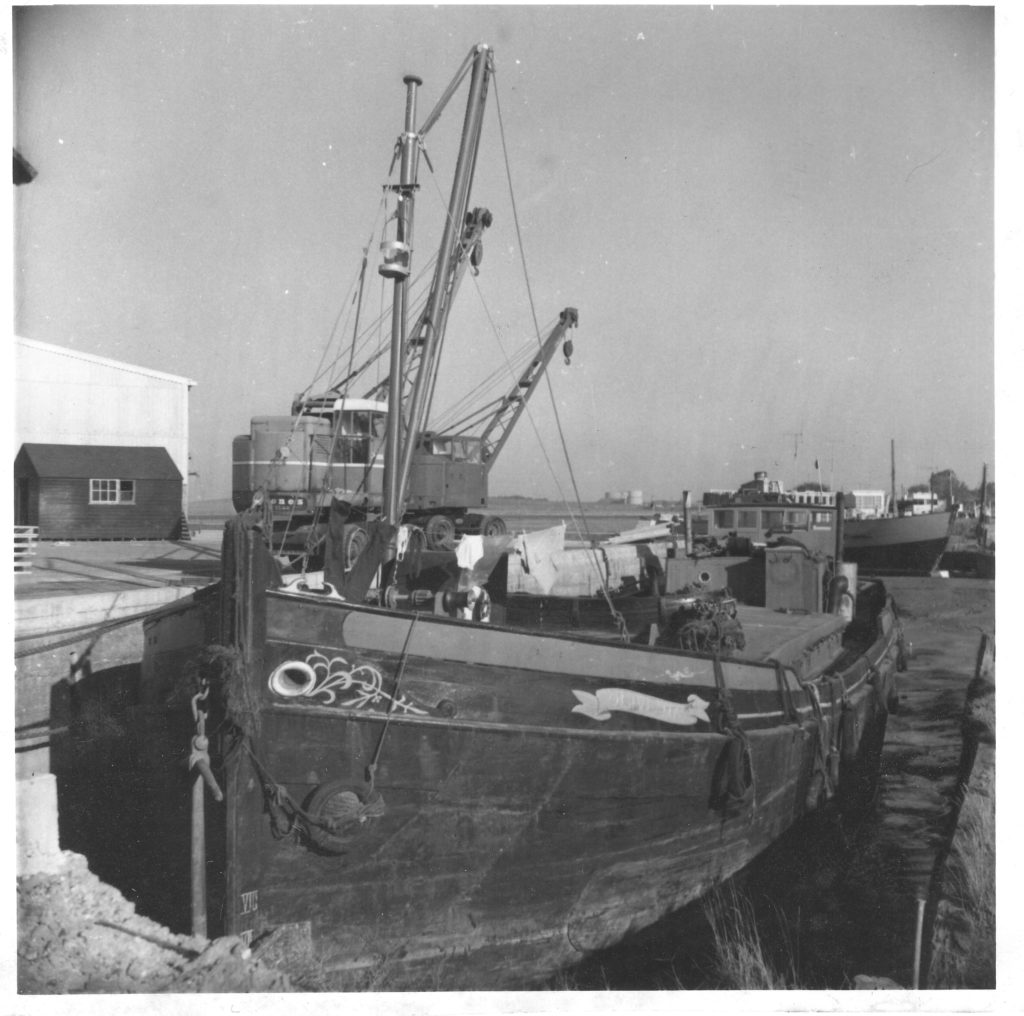
Picture: Pat O’Driscoll.
I am sure there will be an extensive tribute to Pat O’Driscoll in the months ahead. To me she was special. Her knowledge and power of recall on past times afloat during that interim period when cut down spritsail barges operated as motorised barges up and down the coasts on the usual historical runs. Pat freely gave me so much information and her letters are on file still. She also sent many pictures, asking only for a credit.
One of my favourites is the ‘washing line’ one above, but here, below, is another.
The last cargo run for the Edith May.
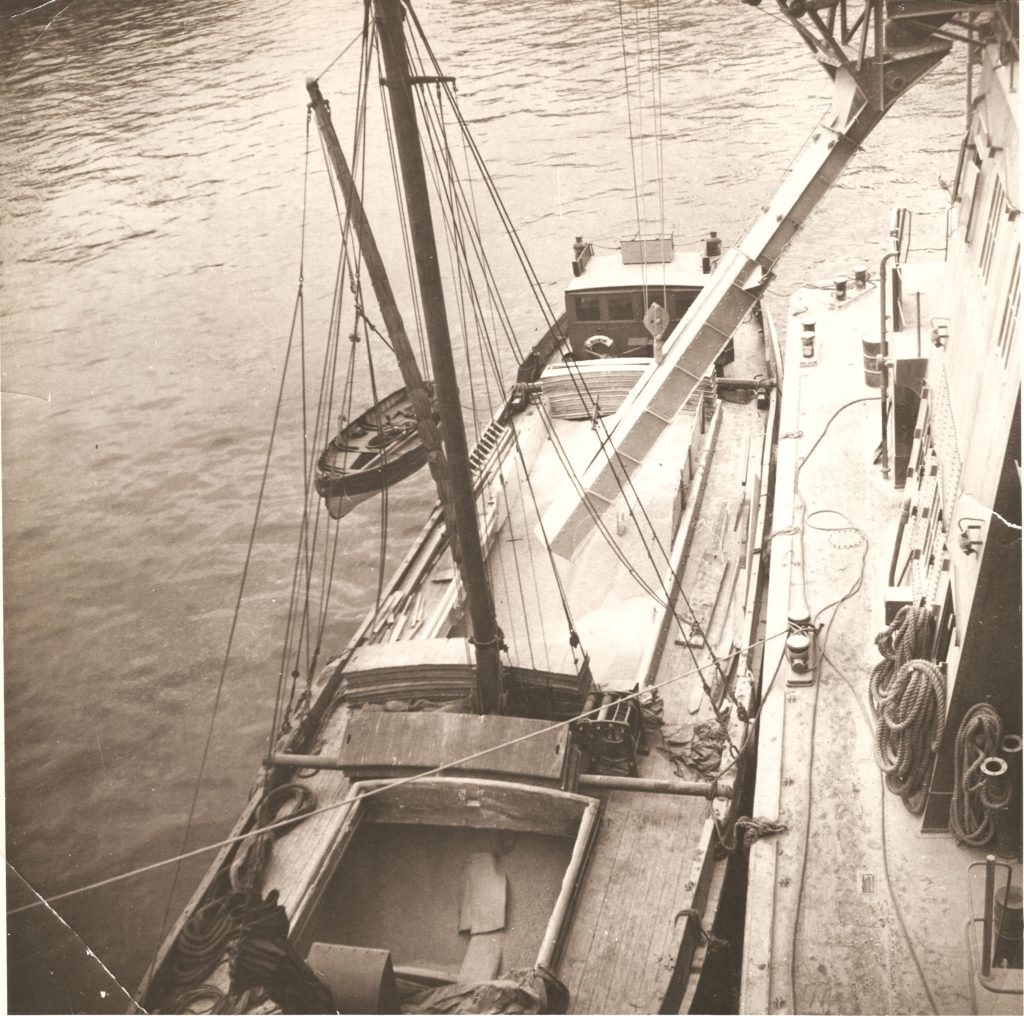
Picture: Pat O’Driscoll .
I shall miss her regular cards at Christmas and sending our news. She always wanted to know about my mother, well, maybe you’re both reminiscing up there…
Rest in Peace Pat. Bless you…
Postscript.
Since writing this piece, members of Pat’s family have been in touch, more from Pat’s youngest sister, Anne, and also from a great niece.
Anne Bannon wrote:
‘…difficult to know whom to contact when she died as her correspondents had fallen off somewhat. I had her heavily annotated address book and cards to go by and of course I knew a lot of names but it was pity that a lot of people were left out. Please apologise to any you know who should have been told but weren’t.’
Yes, my family also found heavily annotated addresses…
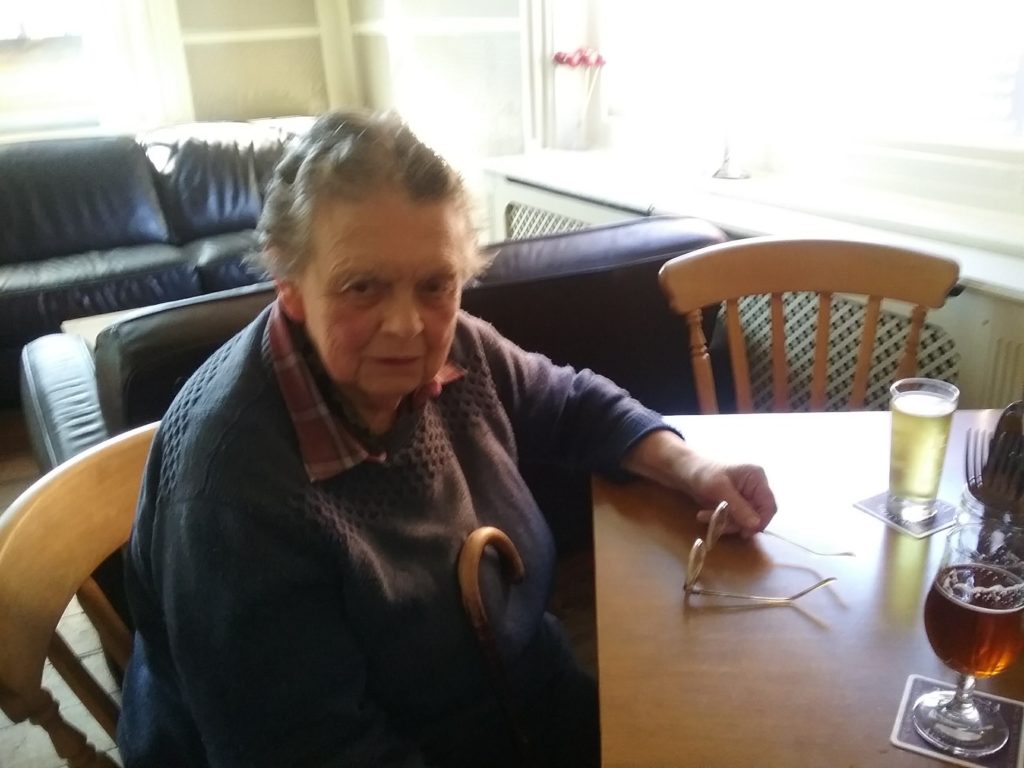
Anne also wrote:
‘…loved Paddy’s line of washing, it was so typical of her. At home we called her ‘Dame Washalot’ after the character in the Enid Blyton, Faraway Tree book.’
And mentioning the great niece:
‘Imo (Imogen) said some time ago she was getting in touch with people re Paddy after seeing a conversation on fb (facebook) wondering what had happened to her. Sadly as well as still sorting out Paddy’s affairs we have had another very sudden bereavement so I didn’t follow it up as I would normally. I haven’t been taking so much notice of other things just now. I’m glad to have seen your post.’
Thank you Anne and Imogen for taking the time to write.
I never knowingly met Pat in person, but may have as a youngster, but as said she was so free with her flow of information to any question – much in the same fashion as her old shipmate, Barry Pearce. I will miss the sending of the annual Christmas card with a note on how things were…
